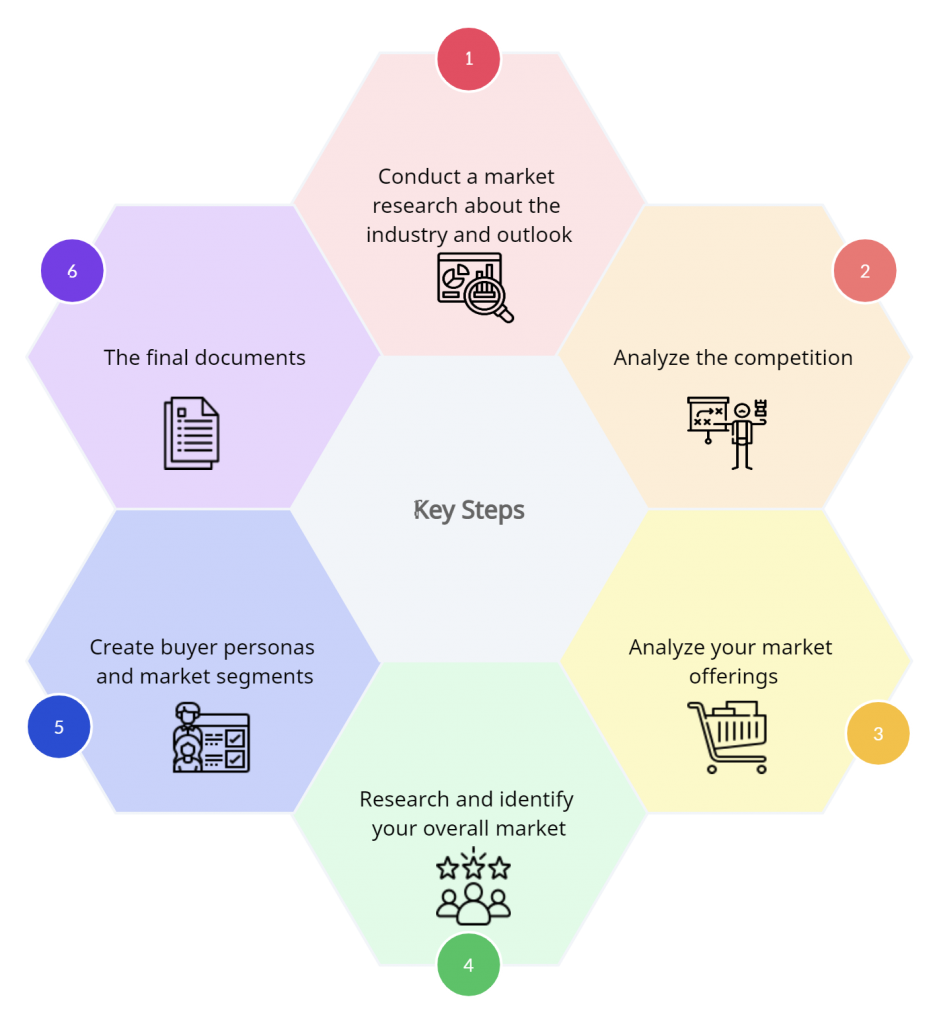Technology News
How to Write a Blog Post: A Comprehensive Guide
30 July 2024
|
Zaker Adham
Discover a detailed guide along with practical templates to help you write engaging blog posts that resonate with your audience and drive traffic to your website.

If you've ever read a blog post, you've encountered content crafted by an expert in a particular field. When well-written, these posts leave readers with valuable insights and a positive impression of the author or brand.
Why Blogging Matters
Blogging connects you with your audience, offering numerous benefits such as organic traffic from search engines, content for social media promotion, and exposure to new audiences. If you're new to blogging and unsure where to begin, this guide will help you create SEO-friendly blog content, manage your business blog, and provide templates to simplify the process.
What is a Blog Post?
A blog post is an article, news piece, or guide published on a website's blog section. Typically focusing on a specific topic, blog posts aim to educate, entertain, or inform readers, ranging from 600 to 2,000+ words. They often include media like images, videos, infographics, and interactive charts, enhancing the reader's experience.
Blog posts enable you to share insights, thoughts, and stories, boosting brand awareness, credibility, conversions, and revenue. Most importantly, they drive traffic to your website. Let's explore how to start blogging effectively.
How to Start a Blog
- Understand Your Audience
- Before writing, ensure you clearly understand your target audience. Reflect on questions such as: Who are they? What do they want to know? What will resonate with them? Brainstorm and document audience attributes like age, background, goals, and challenges.

- Check Out Your Competition
- Analyze your competitors' blogs to understand what topics they cover and how they engage their audience. This research will help you identify gaps in the content that you can fill.
- Determine What Topics You'll Cover
- Choose topics that align with your audience's interests and your business goals. Ensure your topics are broad enough to generate multiple posts but specific enough to attract your target readers.
- Identify Your Unique Angle
- Determine what makes your perspective unique. This could be your industry expertise, a distinctive writing style, or a novel approach to a common issue.
- Name Your Blog
- Choose a name that reflects your blog's purpose and resonates with your audience. Keep it short, memorable, and relevant.
- Create Your Blog Domain
- Secure a domain name that matches your blog name. This helps in building a recognizable and professional online presence.
- Choose a CMS and Set Up Your Blog
- Select a Content Management System (CMS) that suits your needs, such as WordPress, Squarespace, or Wix. Set up your blog with a user-friendly design that enhances the reader's experience.
- Customize the Look of Your Blog
- Design your blog to reflect your brand's personality. Use themes, colors, and layouts that make your blog visually appealing and easy to navigate.
- Write Your First Blog Post
- Start with a compelling headline, provide valuable content, and include a clear call-to-action. Use media like images, videos, and infographics to make your post engaging and informative.





